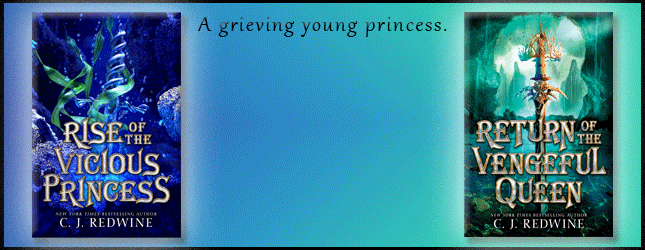Review Detail
4.6 8
Middle Grade Fiction
1933
Pain Is A Monster
(Updated: June 18, 2019)
Overall rating
4.7
Plot
N/A
Characters
N/A
Writing Style
N/A
Illustrations/Photos (if applicable)
N/A
4.5 Stars
This low-fantasy middle grade story is at once hefty and heartrending—despite its relative brevity and target audience age.
Thirteen-year-old Conor O’Mally has a lot to deal with. His mother is ill, and has been for some time. His father abandoned them years ago and moved out of the country with his new wife. And a sociopathic school bully has singling him out for continuous abuse. So, in some sense it isn’t surprising when he is confronted with a preternatural being in the form of a walking, talking, threateningly enigmatic yew tree.
“Your mind will believe comforting lies while also knowing the painful truths that make those lies necessary. And your mind will punish you for believing both.”
In some vague echo of a Christmas Carol, the tree makes nightly visits to rather cinematically share three stories. And not just any stories, but true stories—of the sort that are twisted up with complicated conclusions that seem intended to invoke confusion, outrage, and (presumably) introspection in young Conor (and, perhaps also, in readers.)
Though it is a little slow to start, it is well worth waiting for the pacing to pick up. Conor is a flawed character from the start—angry, avoidant, and self-destructive. But his situation makes him almost immediately sympathetic.
Note: This story was based on an original idea supplied to Patrick Ness by author Siobhan Dowd, who died of cancer in 2007. And when one knows this bit of context, the extent of the intended tribute becomes clear. I consistently see reviewers mention that this is their favorite of Ness’ works, or that it’s SO different from his other stories—and that’s completely understandable. Ness paid a great honor to his literary colleague by essentially co-authoring the book that she would have written… had she been allowed the time, energy, and lifespan.
This story confronts grief, loss, depression, and guilt with a directness uncommon to literature targeting a middle grade audience. Which makes it particularly valuable, both to youth who can unfortunately relate… and in supplying a vehicle for empathy to those who can’t (yet.) While this isn’t the kind of story with a “happy” ending, the ending does realistically satisfy. And it may grant some permission to acknowledge and more effectively cope with their own personal monsters.
“Don't think you haven't lived long enough to have a story to tell.”
This low-fantasy middle grade story is at once hefty and heartrending—despite its relative brevity and target audience age.
Thirteen-year-old Conor O’Mally has a lot to deal with. His mother is ill, and has been for some time. His father abandoned them years ago and moved out of the country with his new wife. And a sociopathic school bully has singling him out for continuous abuse. So, in some sense it isn’t surprising when he is confronted with a preternatural being in the form of a walking, talking, threateningly enigmatic yew tree.
“Your mind will believe comforting lies while also knowing the painful truths that make those lies necessary. And your mind will punish you for believing both.”
In some vague echo of a Christmas Carol, the tree makes nightly visits to rather cinematically share three stories. And not just any stories, but true stories—of the sort that are twisted up with complicated conclusions that seem intended to invoke confusion, outrage, and (presumably) introspection in young Conor (and, perhaps also, in readers.)
Though it is a little slow to start, it is well worth waiting for the pacing to pick up. Conor is a flawed character from the start—angry, avoidant, and self-destructive. But his situation makes him almost immediately sympathetic.
Note: This story was based on an original idea supplied to Patrick Ness by author Siobhan Dowd, who died of cancer in 2007. And when one knows this bit of context, the extent of the intended tribute becomes clear. I consistently see reviewers mention that this is their favorite of Ness’ works, or that it’s SO different from his other stories—and that’s completely understandable. Ness paid a great honor to his literary colleague by essentially co-authoring the book that she would have written… had she been allowed the time, energy, and lifespan.
This story confronts grief, loss, depression, and guilt with a directness uncommon to literature targeting a middle grade audience. Which makes it particularly valuable, both to youth who can unfortunately relate… and in supplying a vehicle for empathy to those who can’t (yet.) While this isn’t the kind of story with a “happy” ending, the ending does realistically satisfy. And it may grant some permission to acknowledge and more effectively cope with their own personal monsters.
“Don't think you haven't lived long enough to have a story to tell.”
Comments
Already have an account? Log in now or Create an account



































